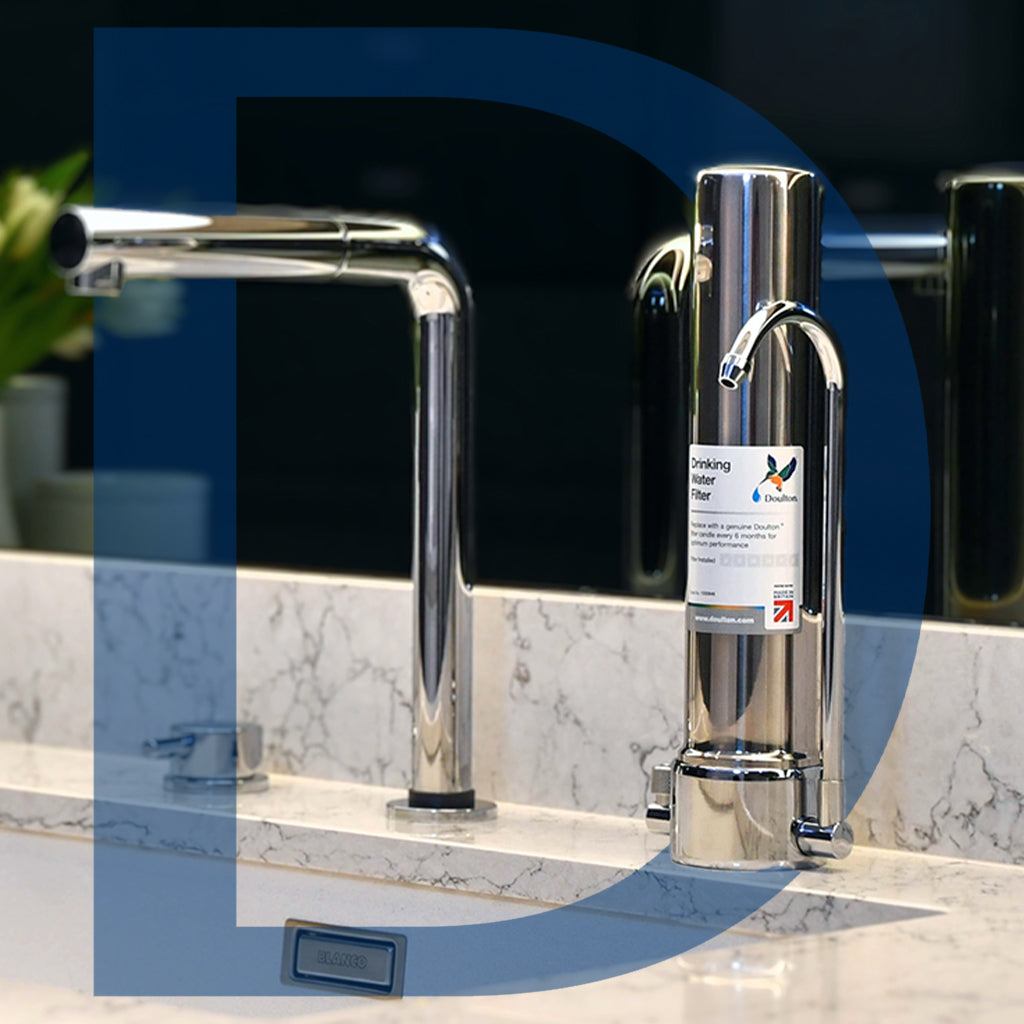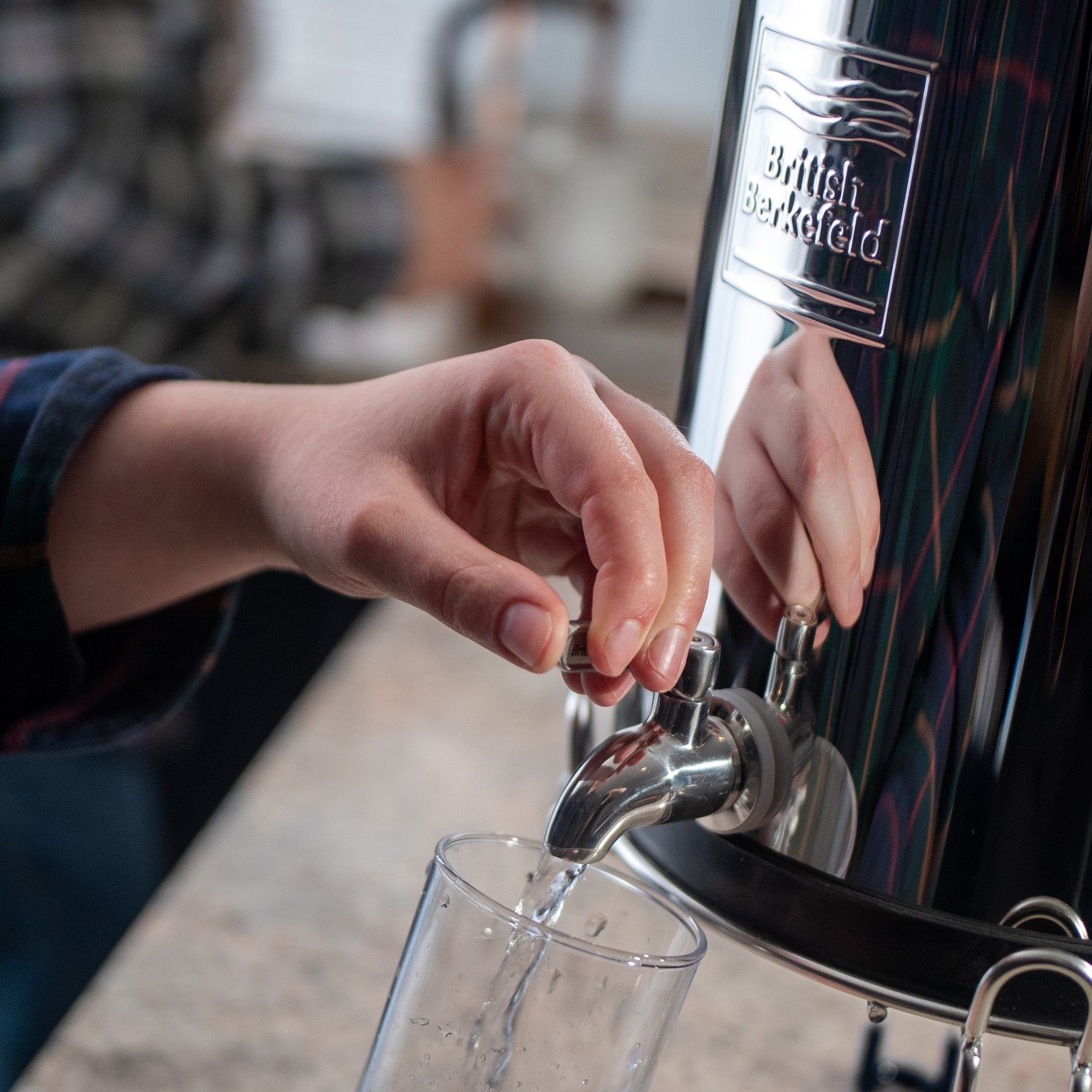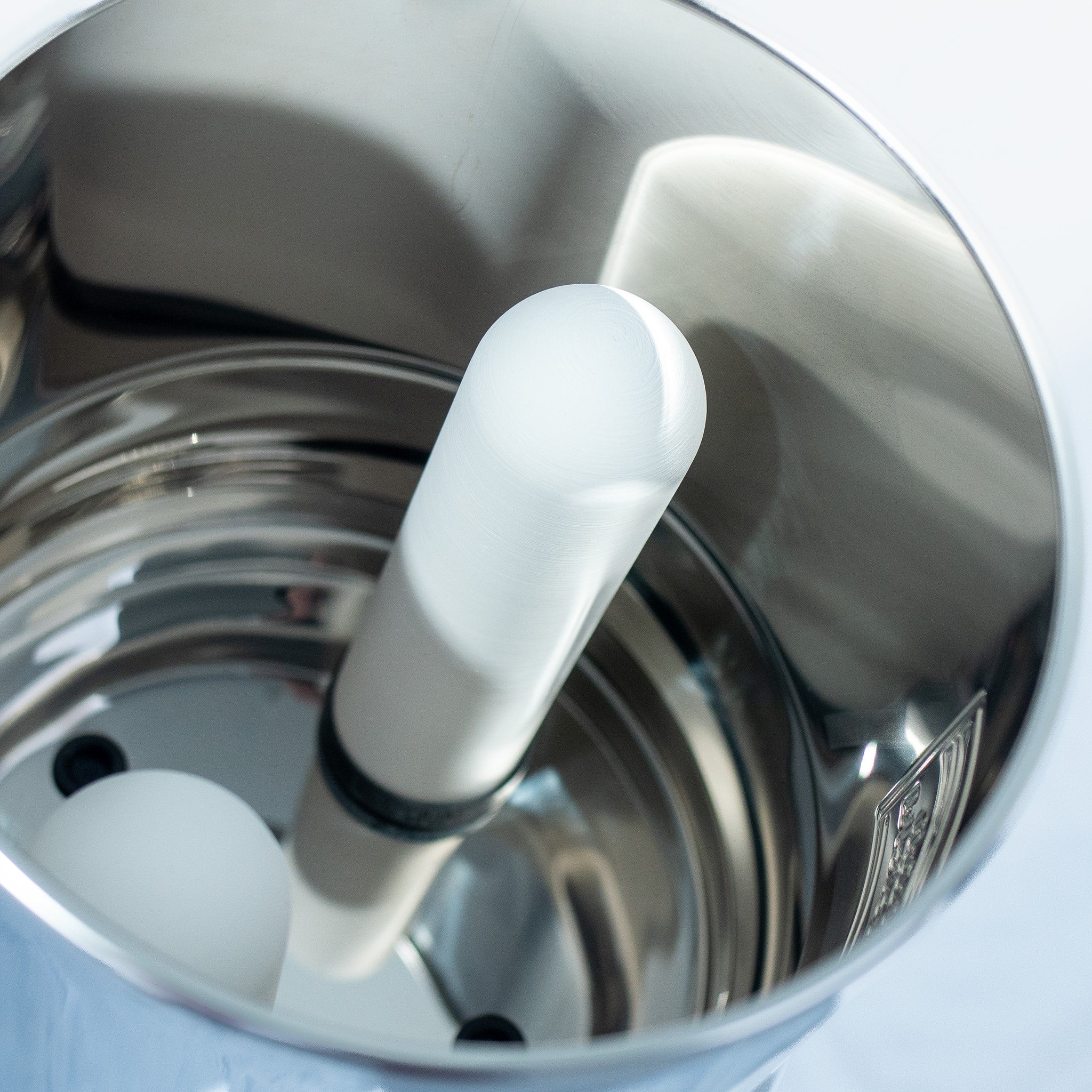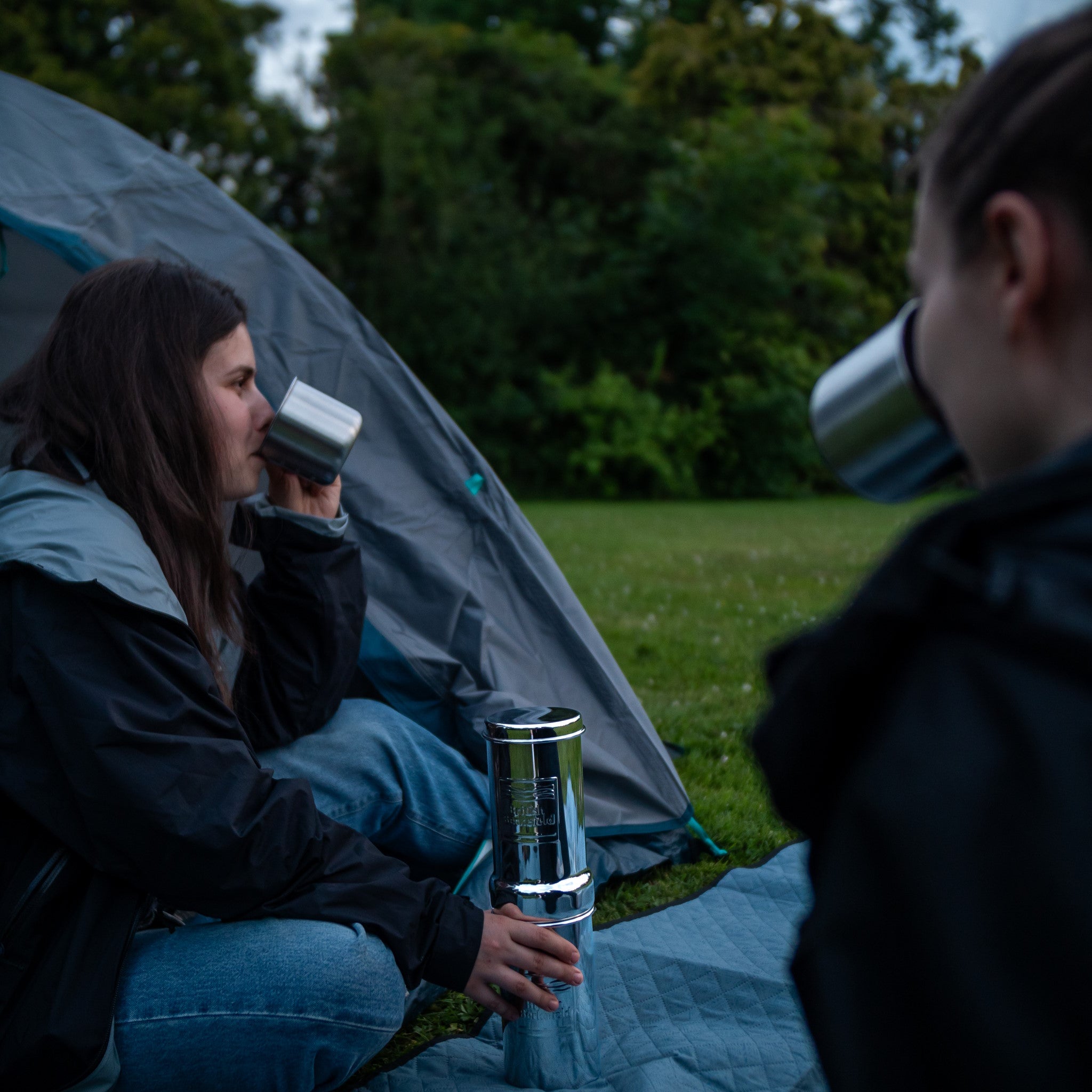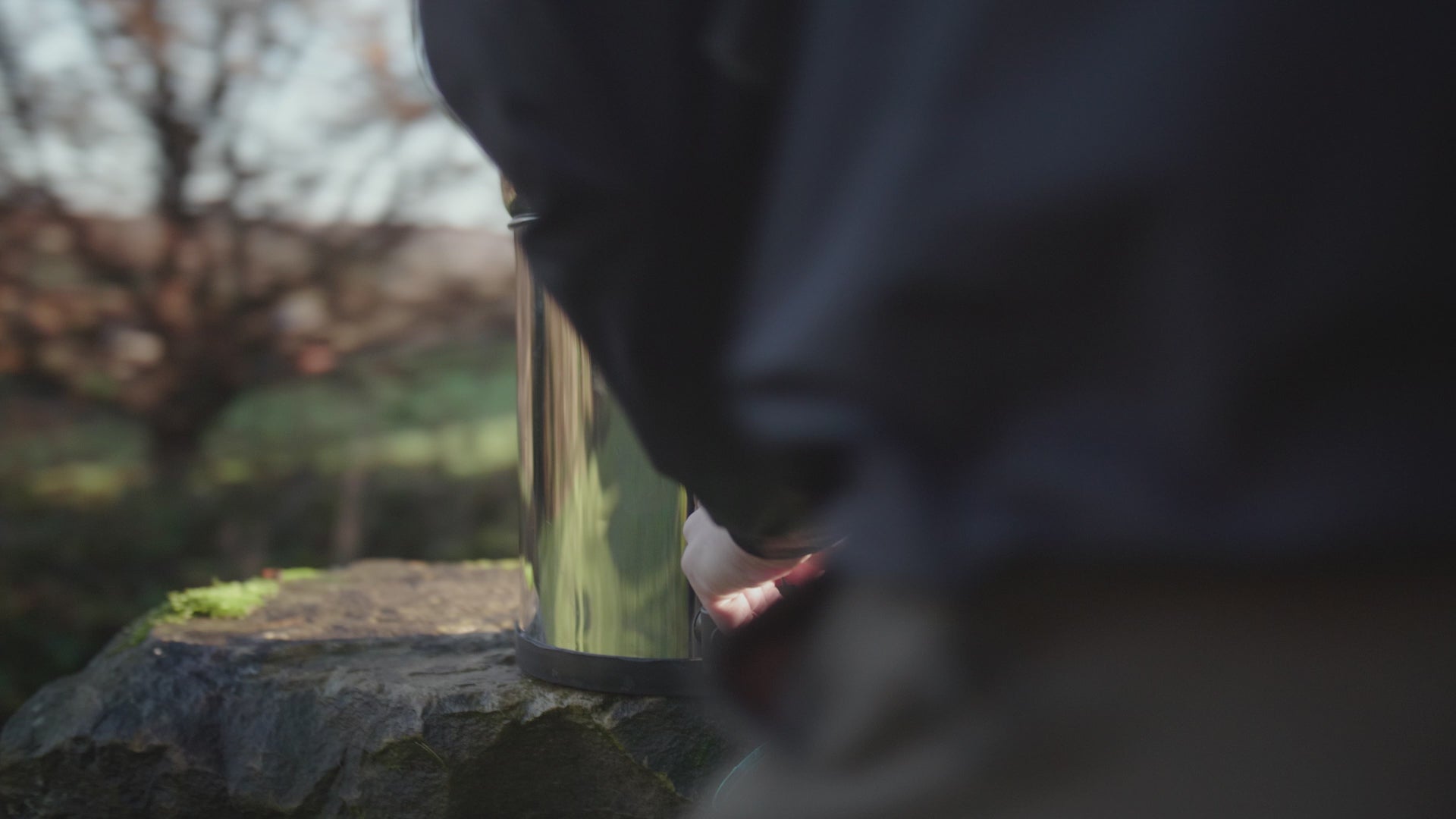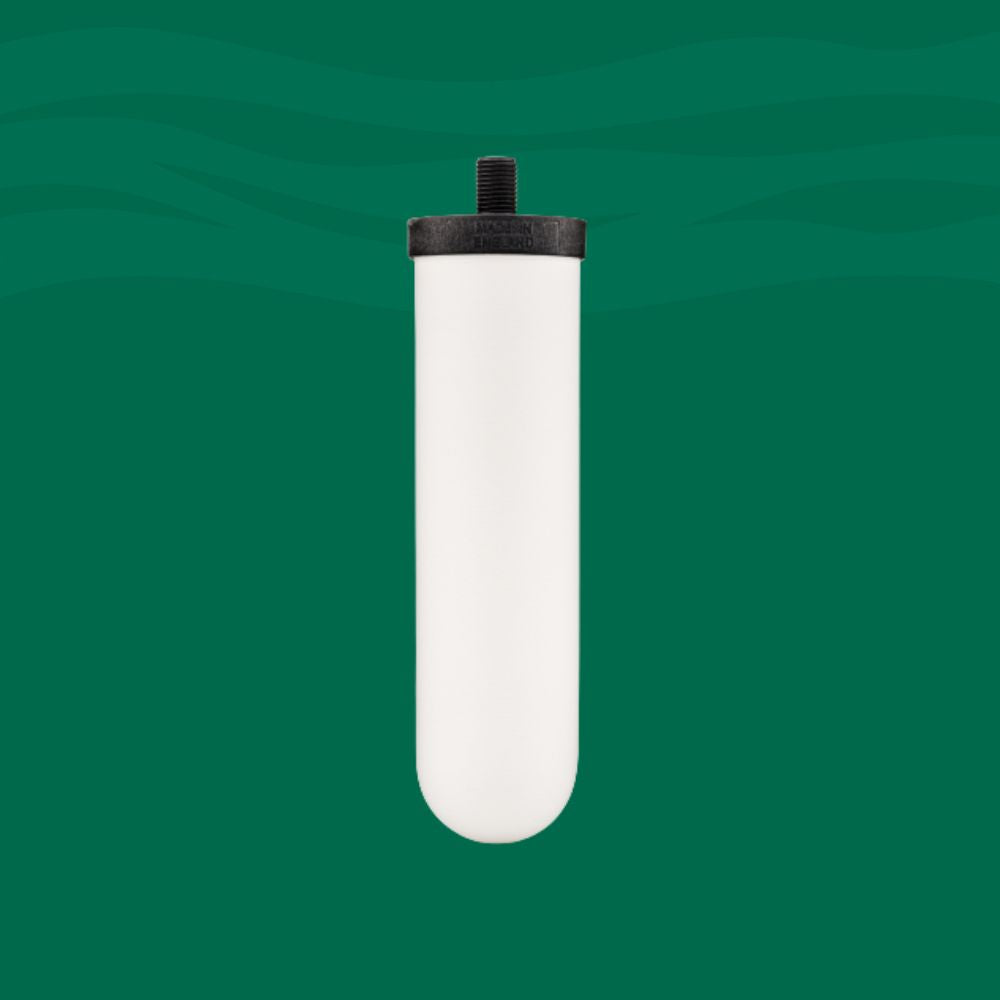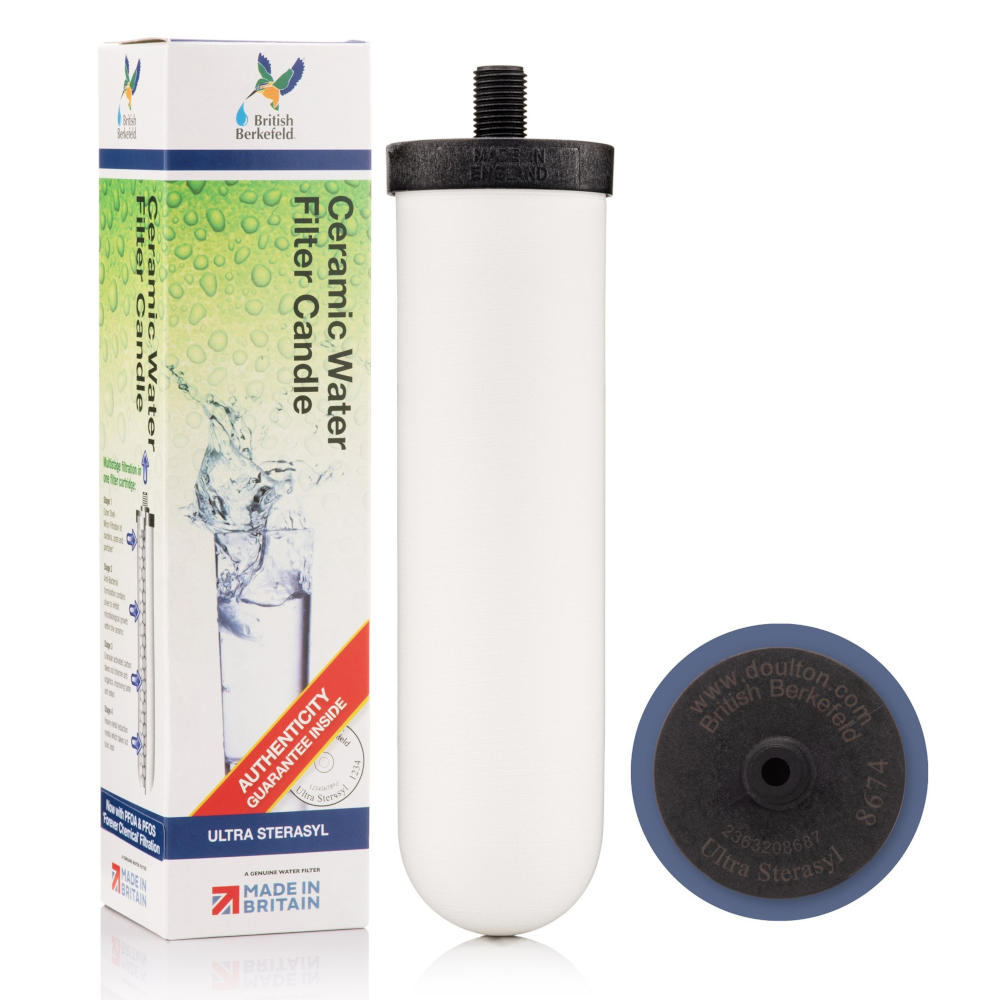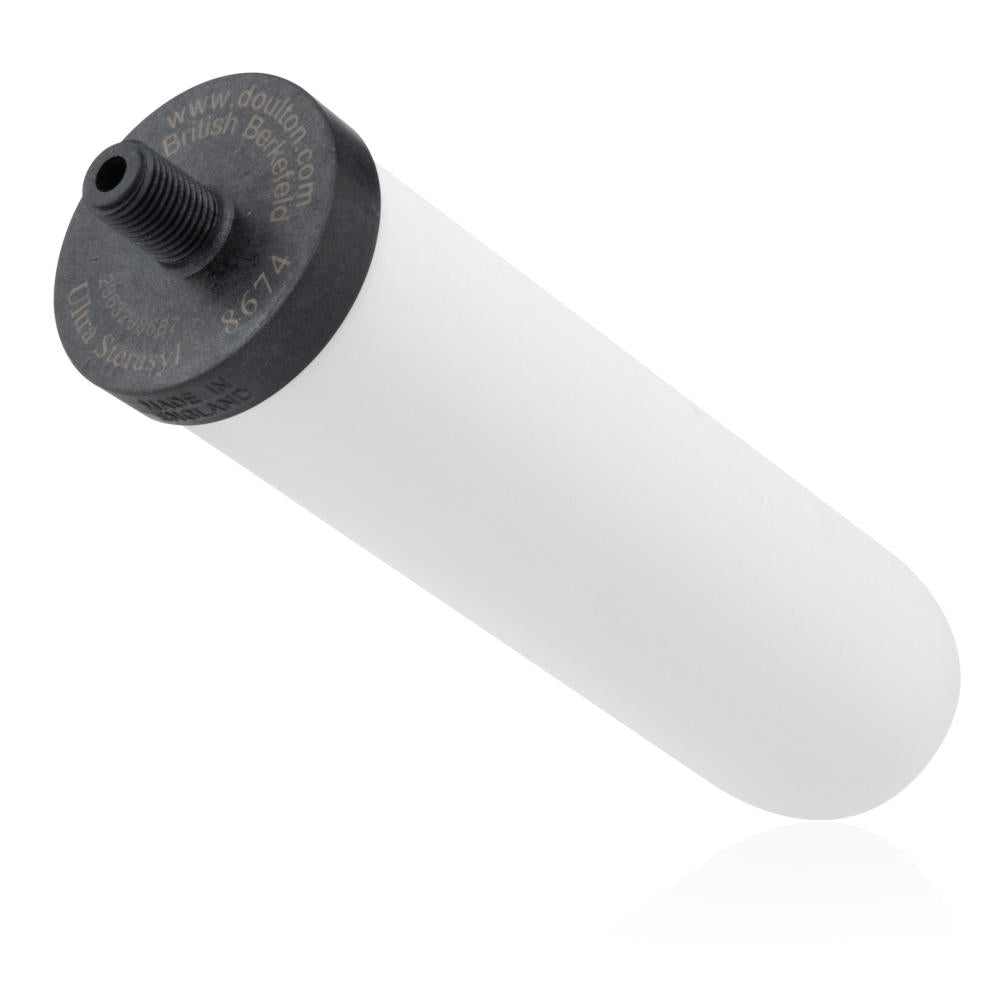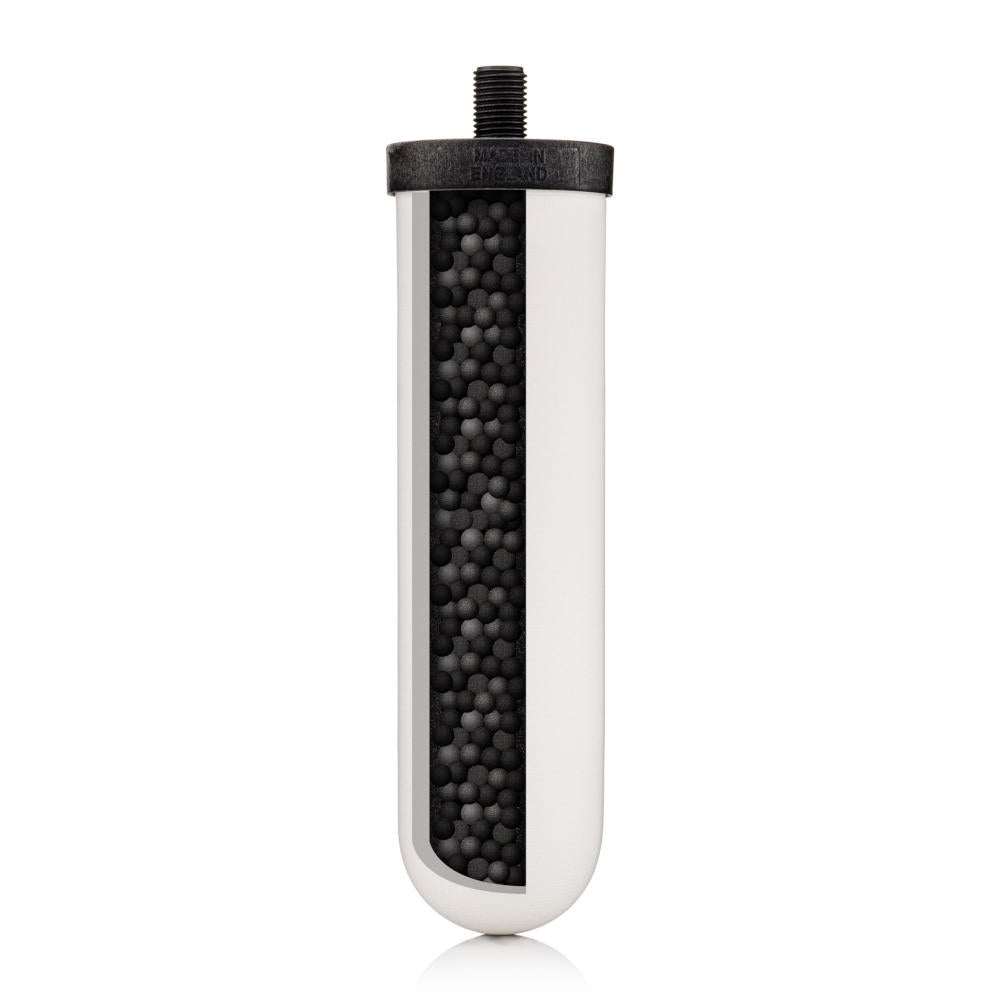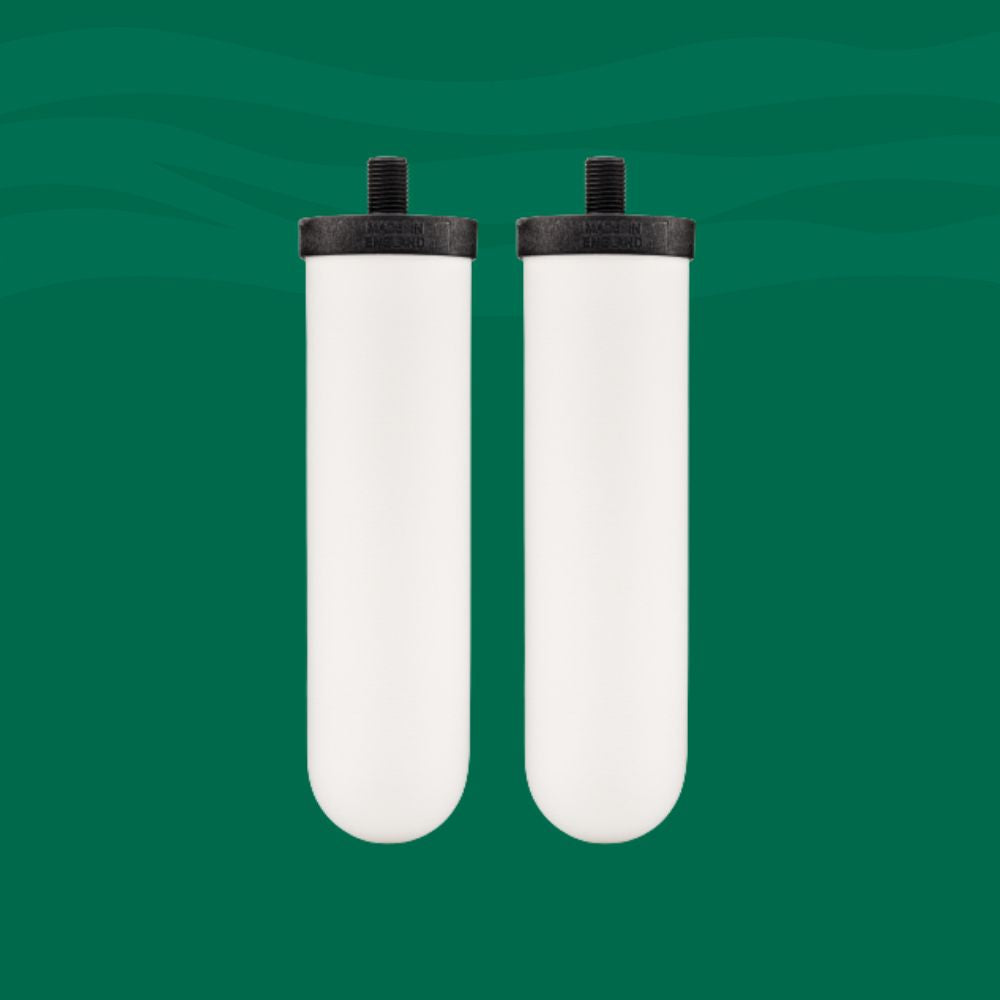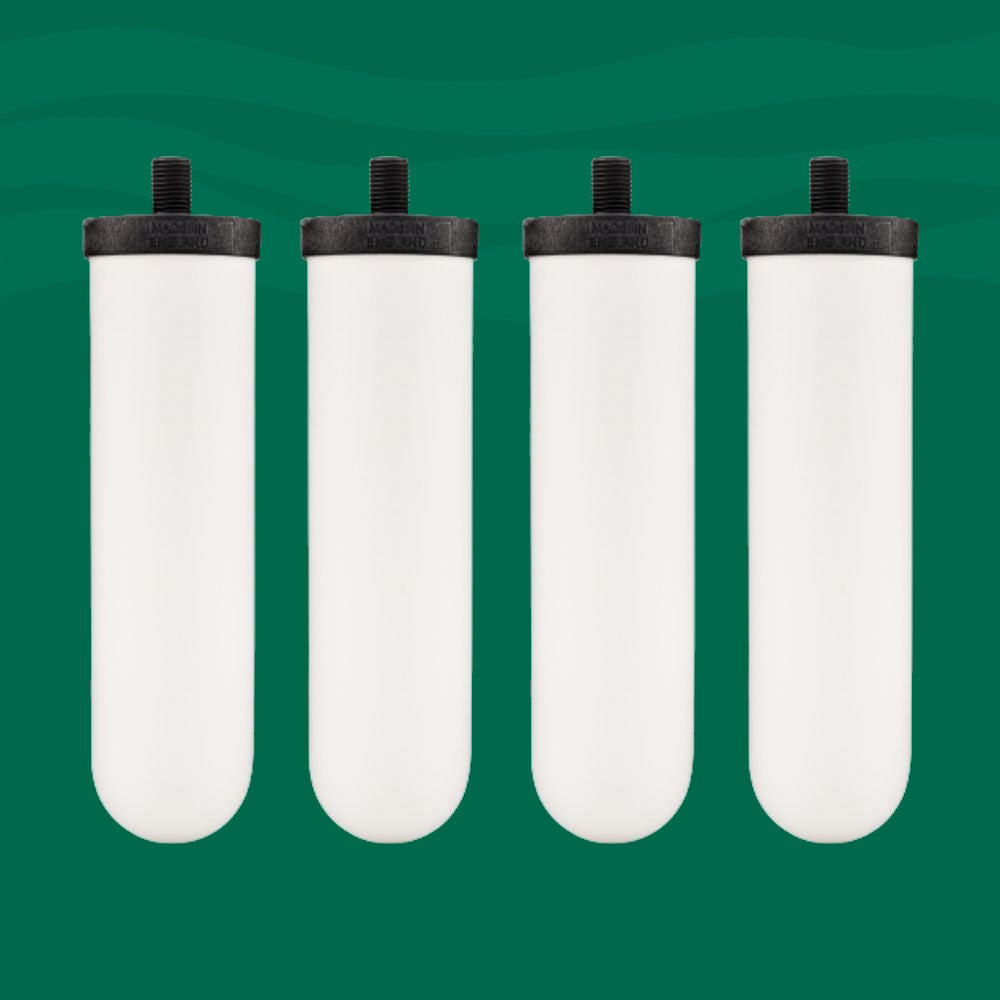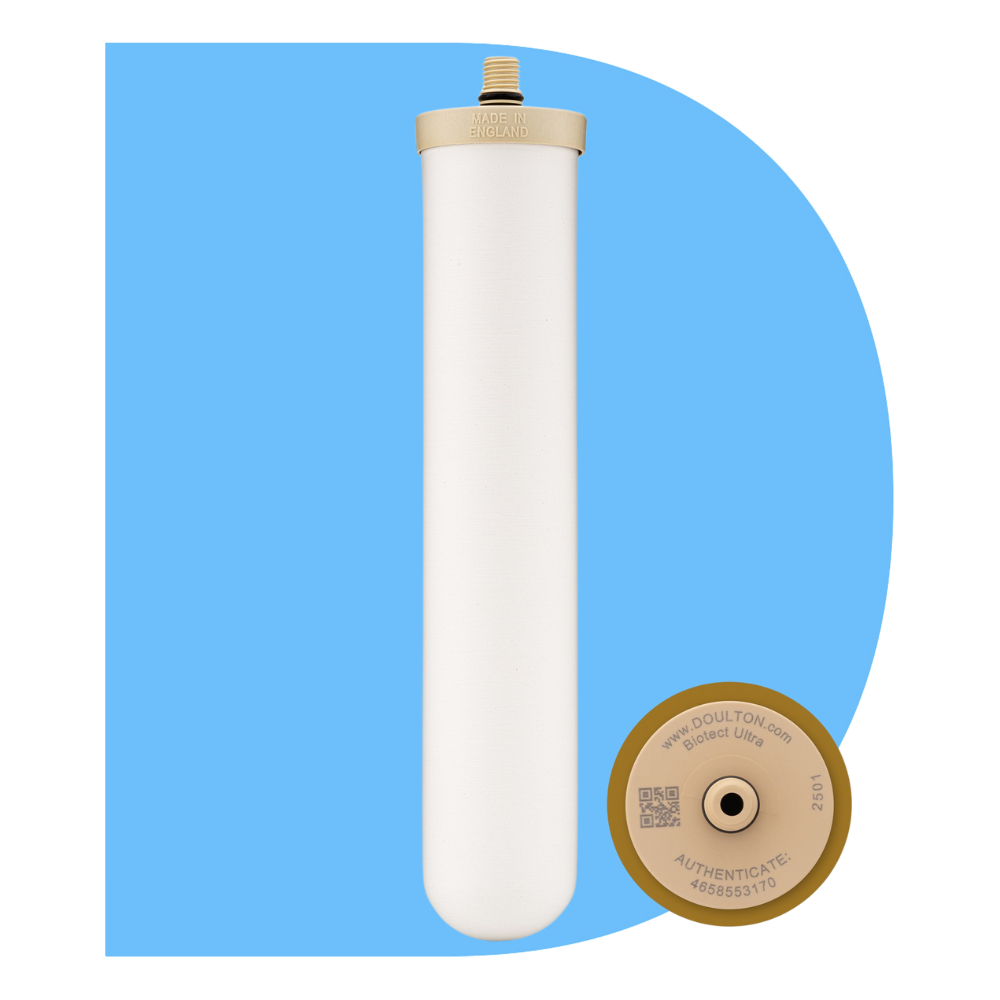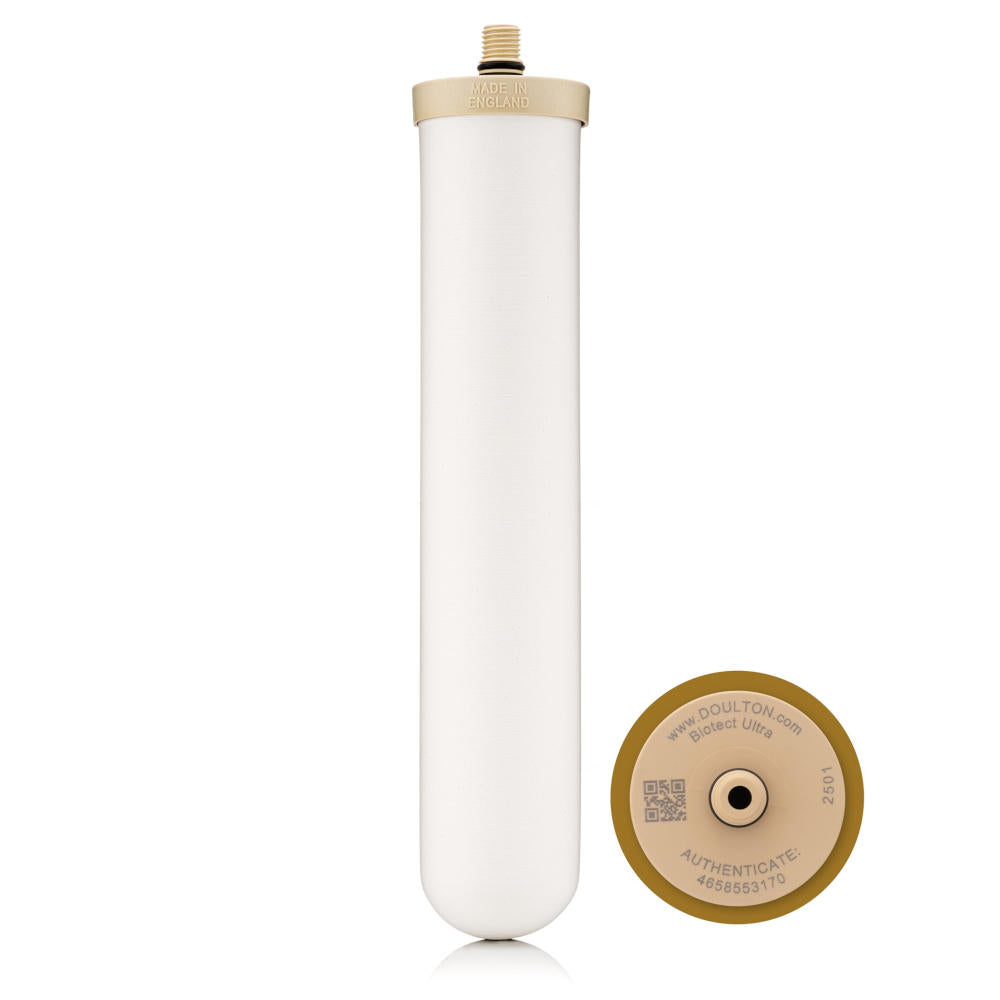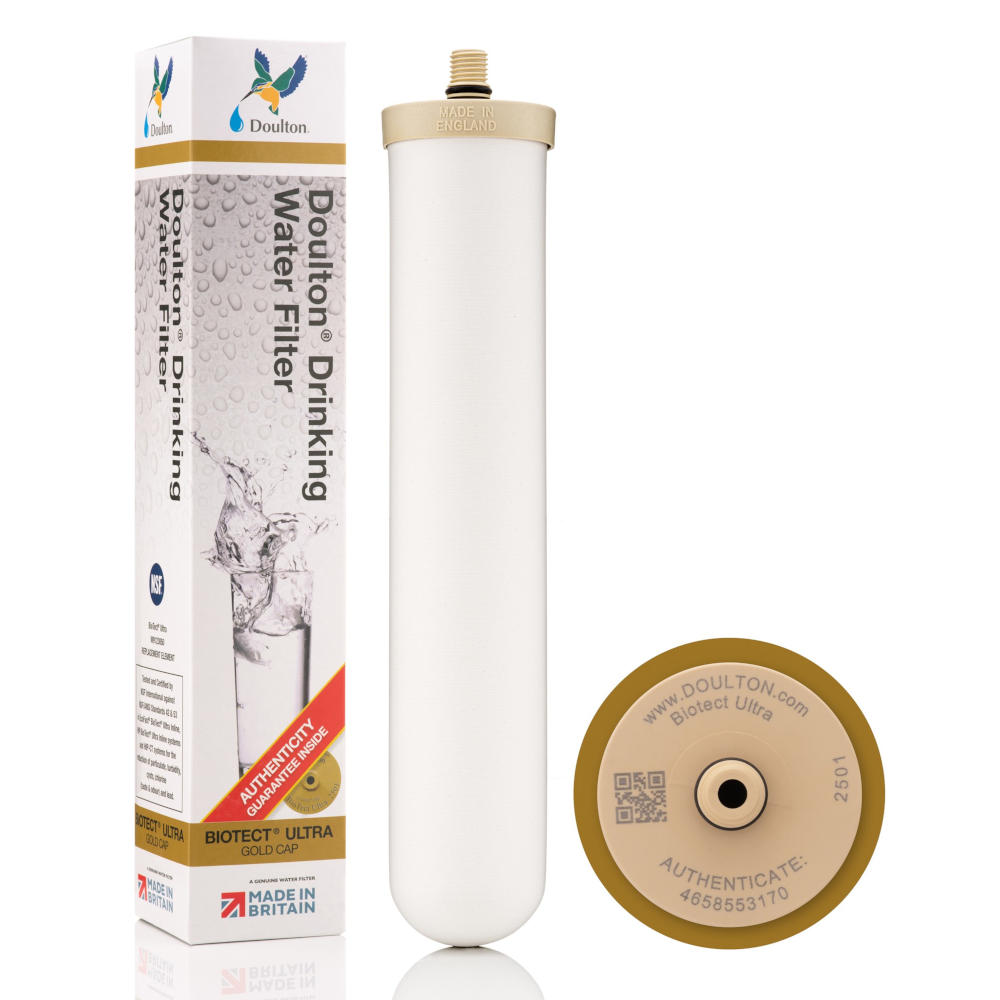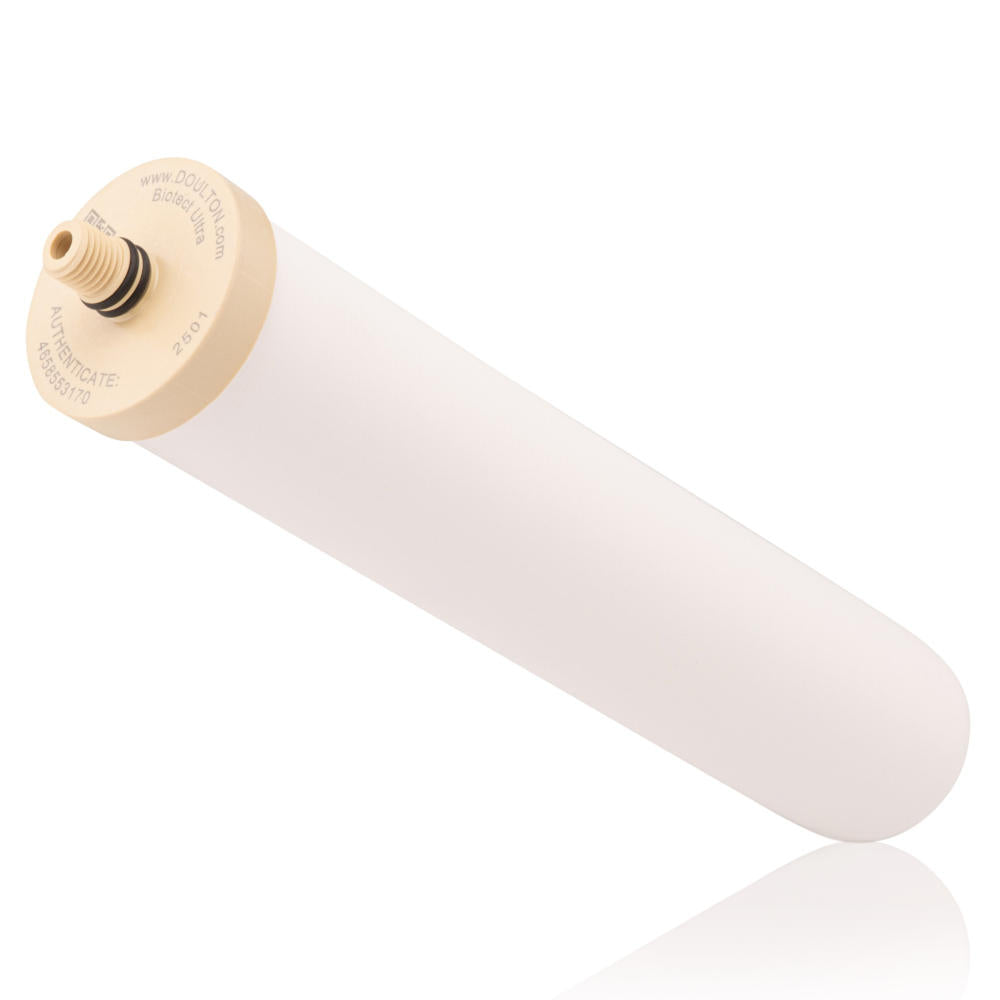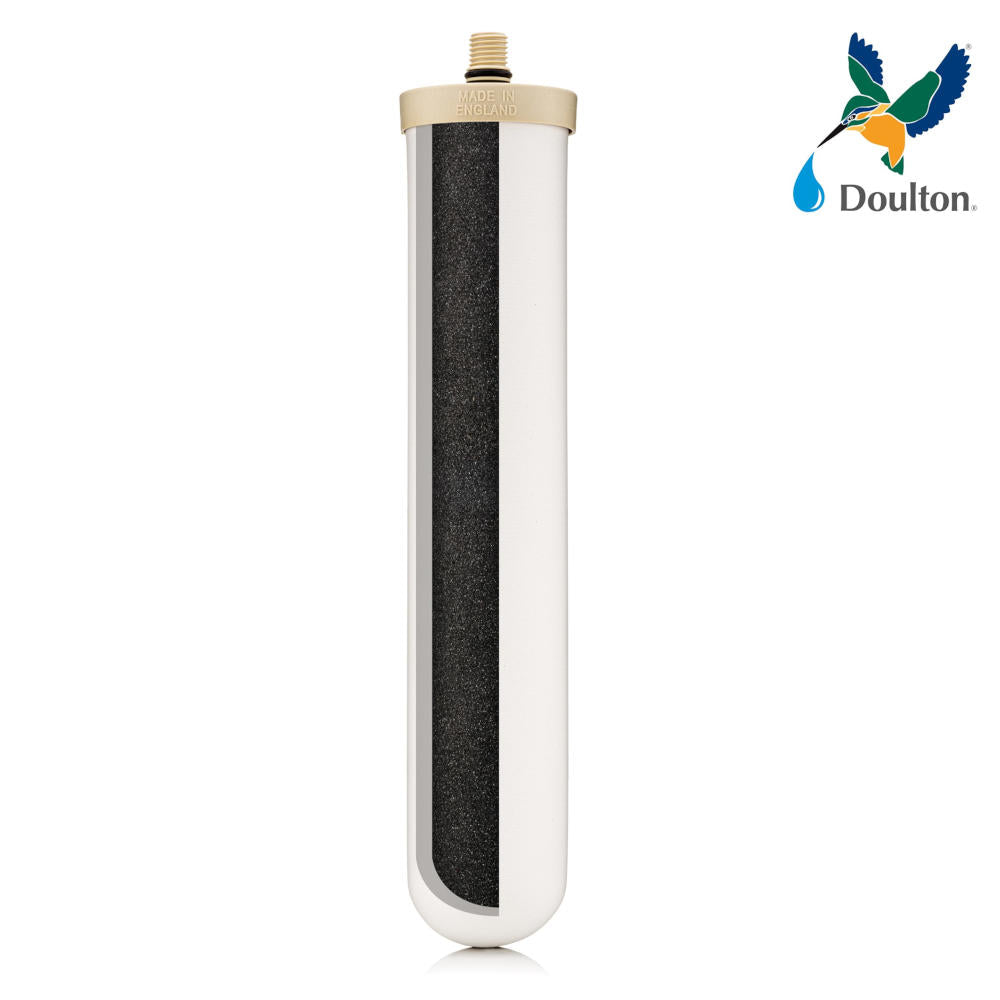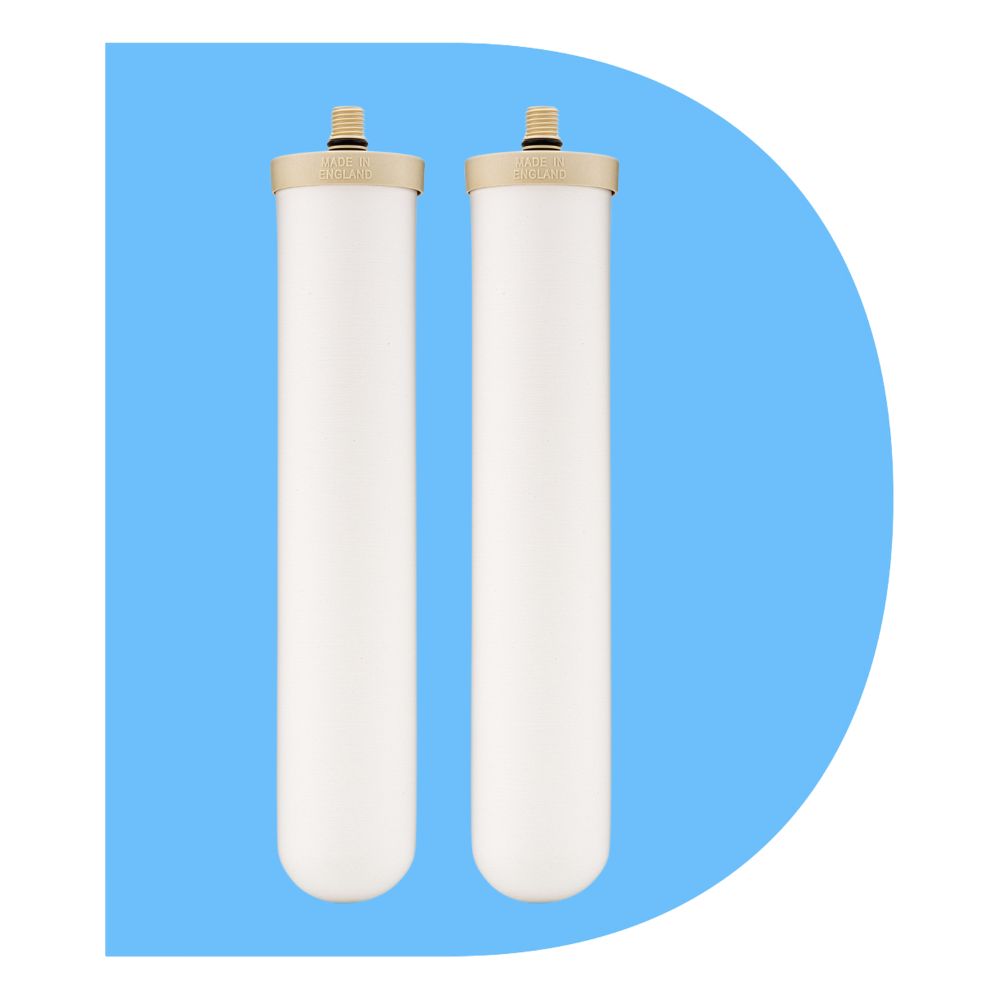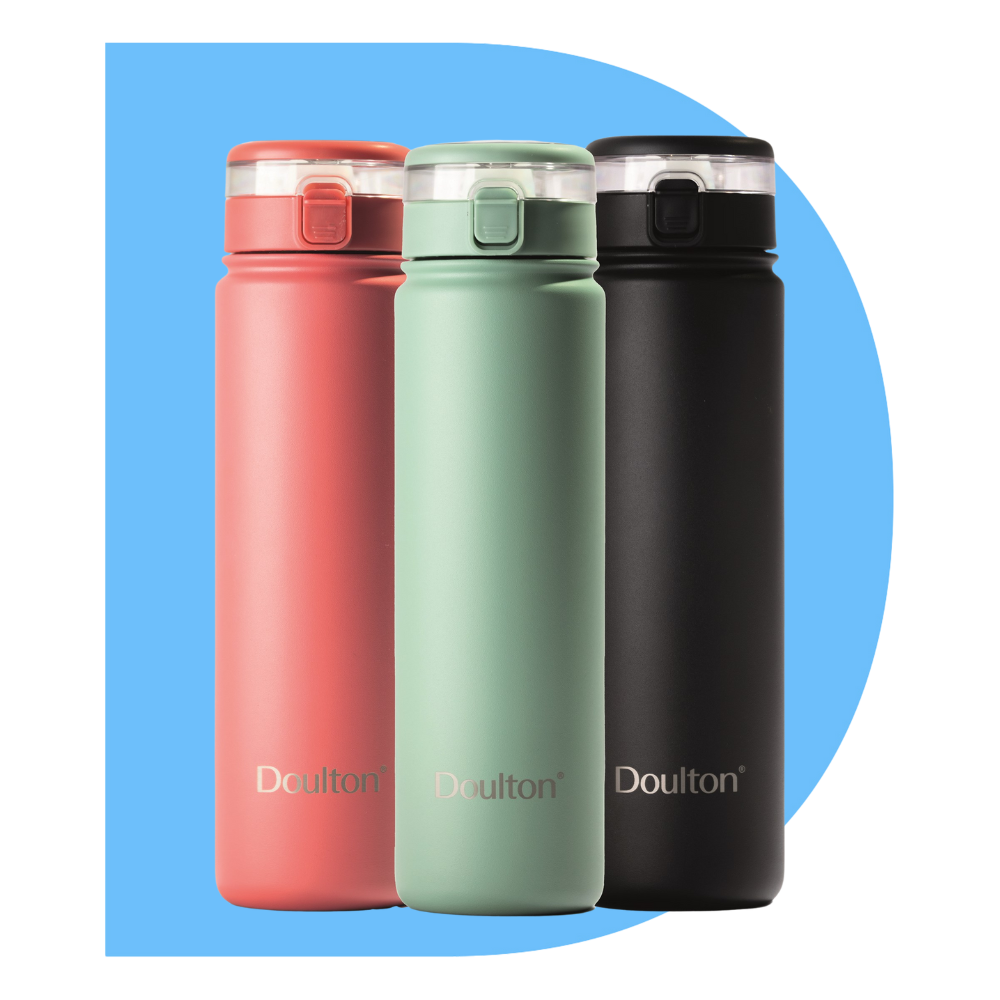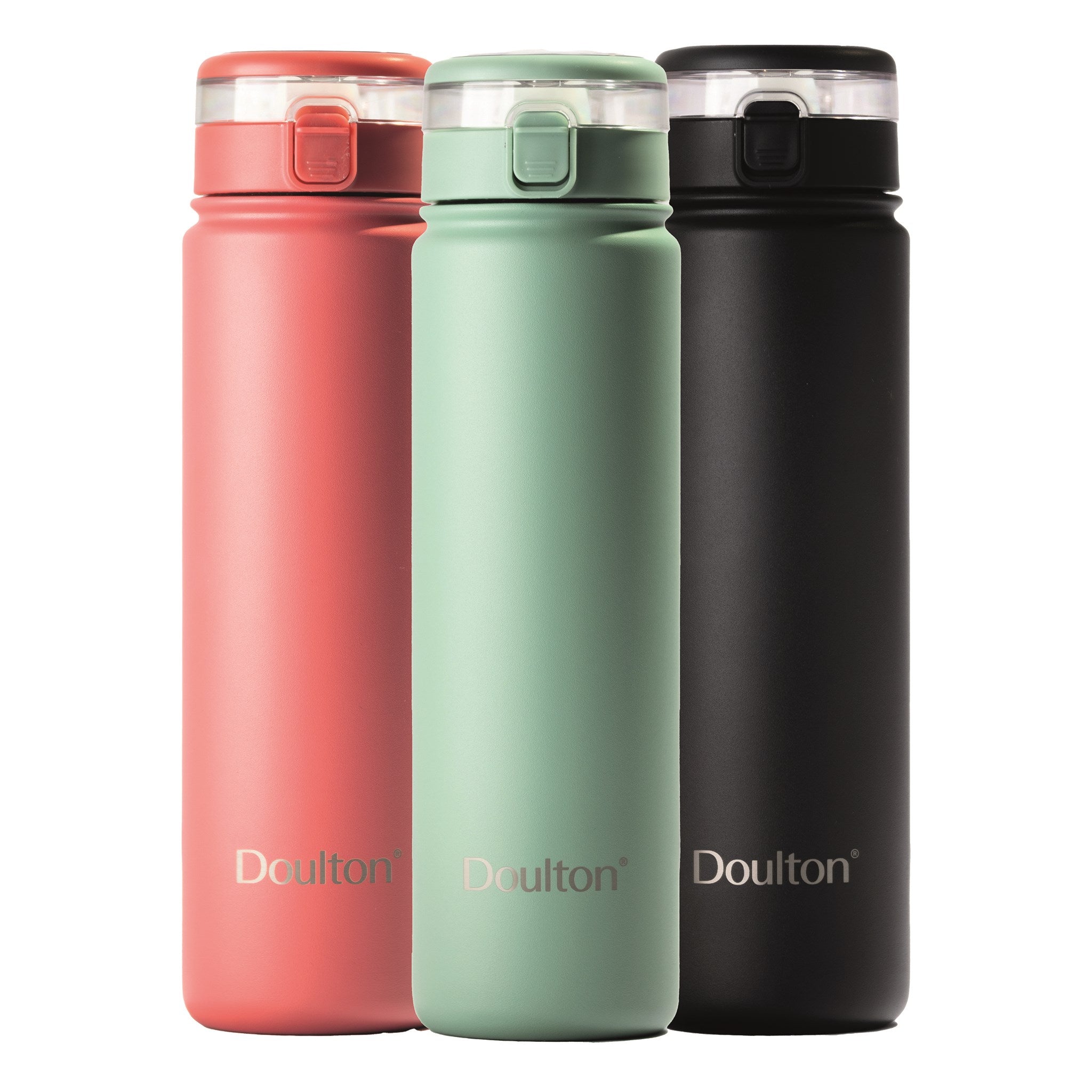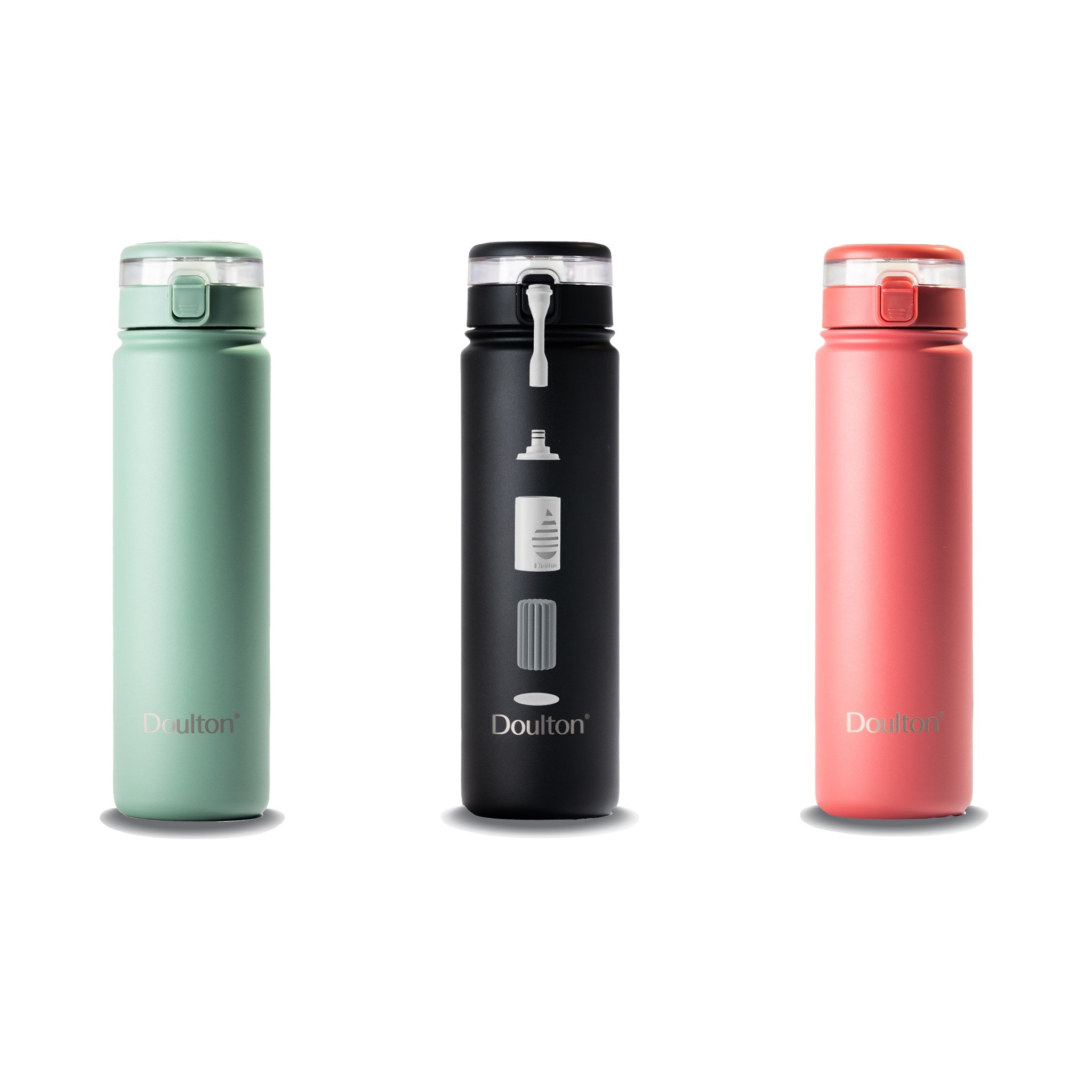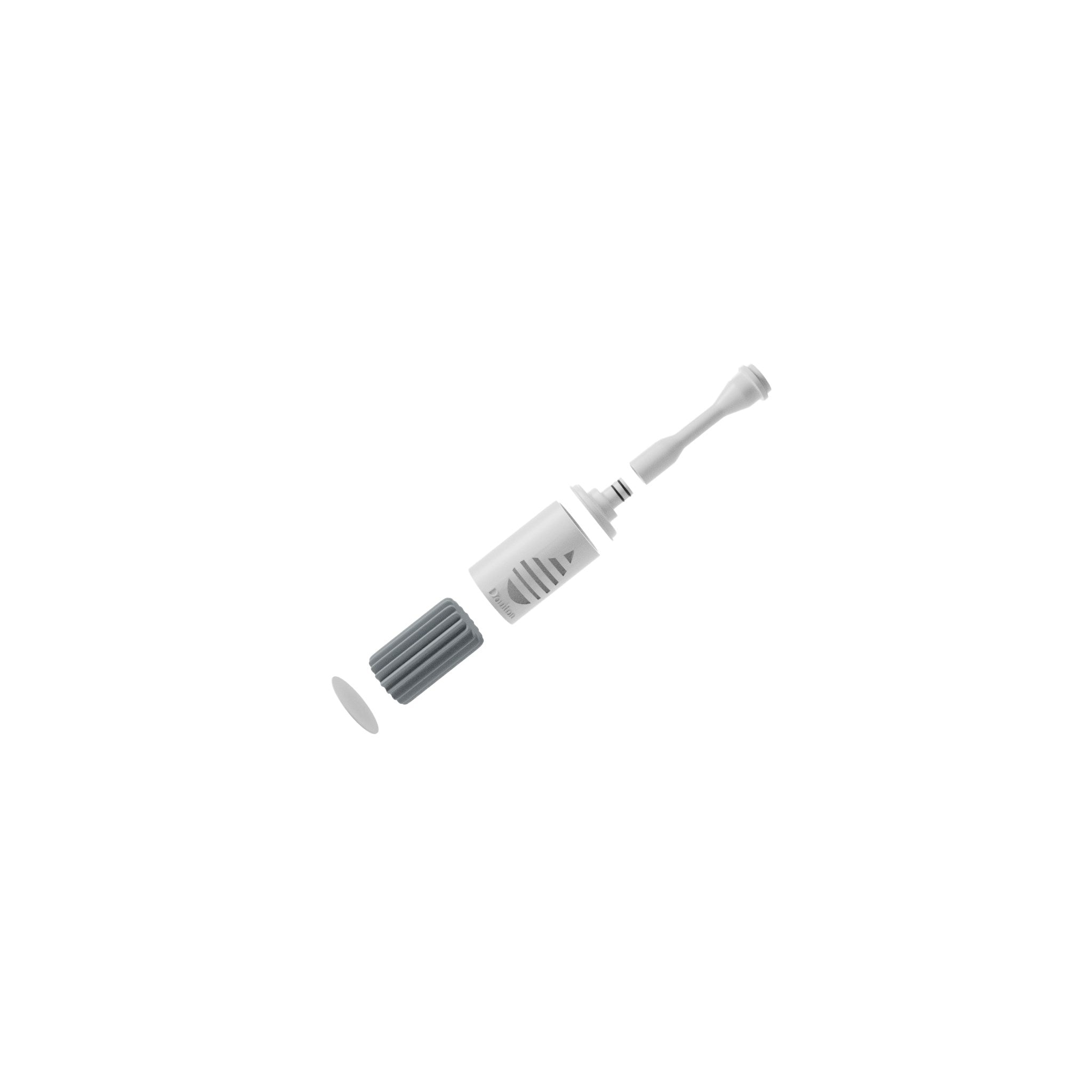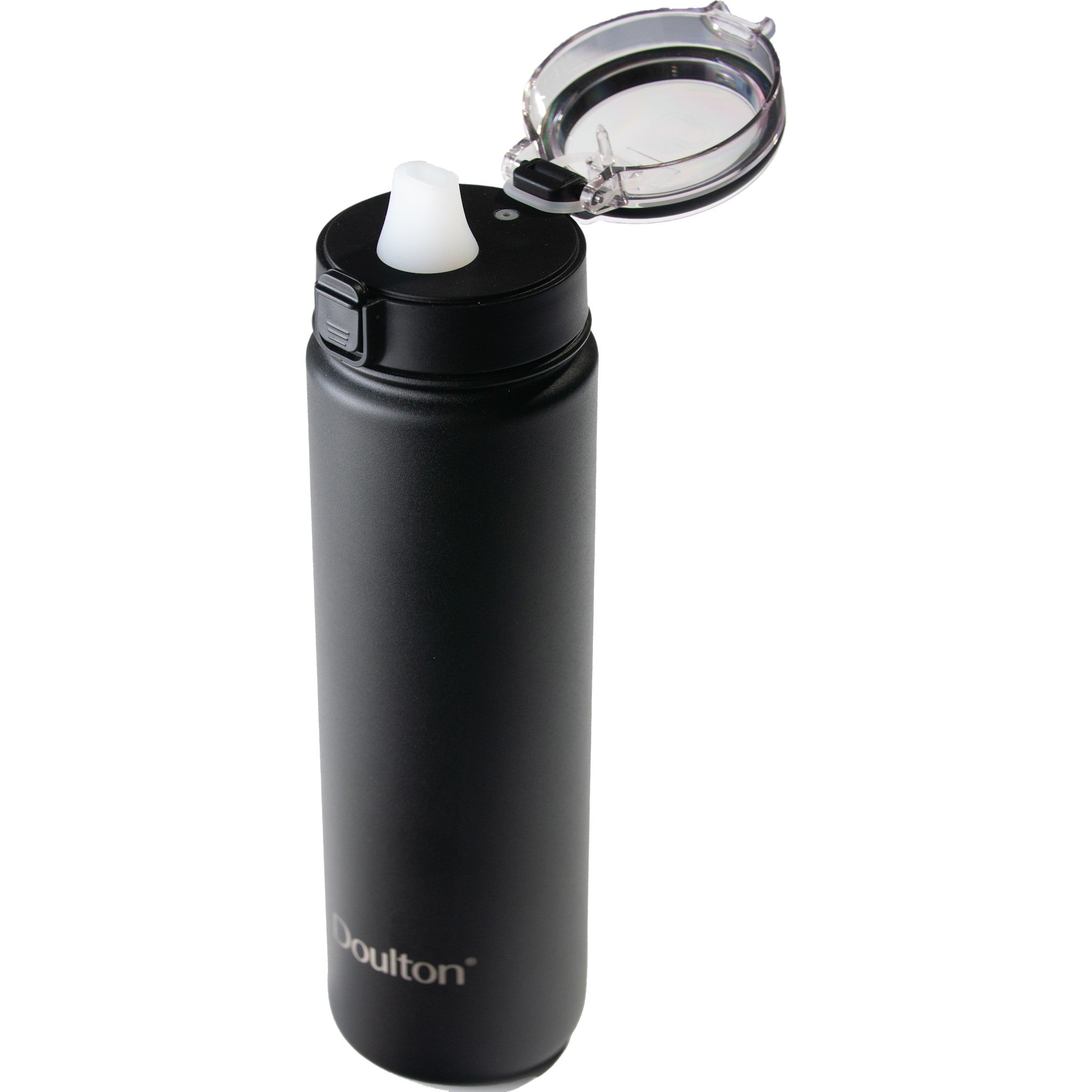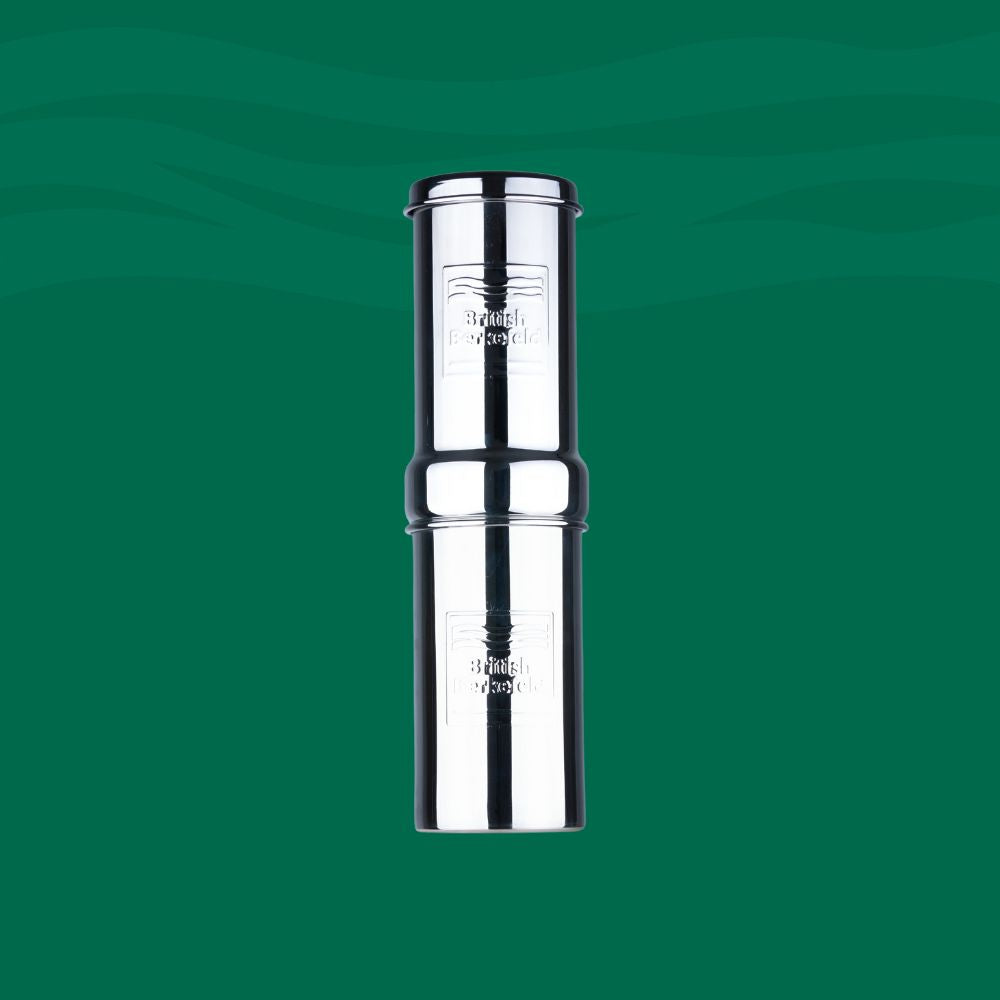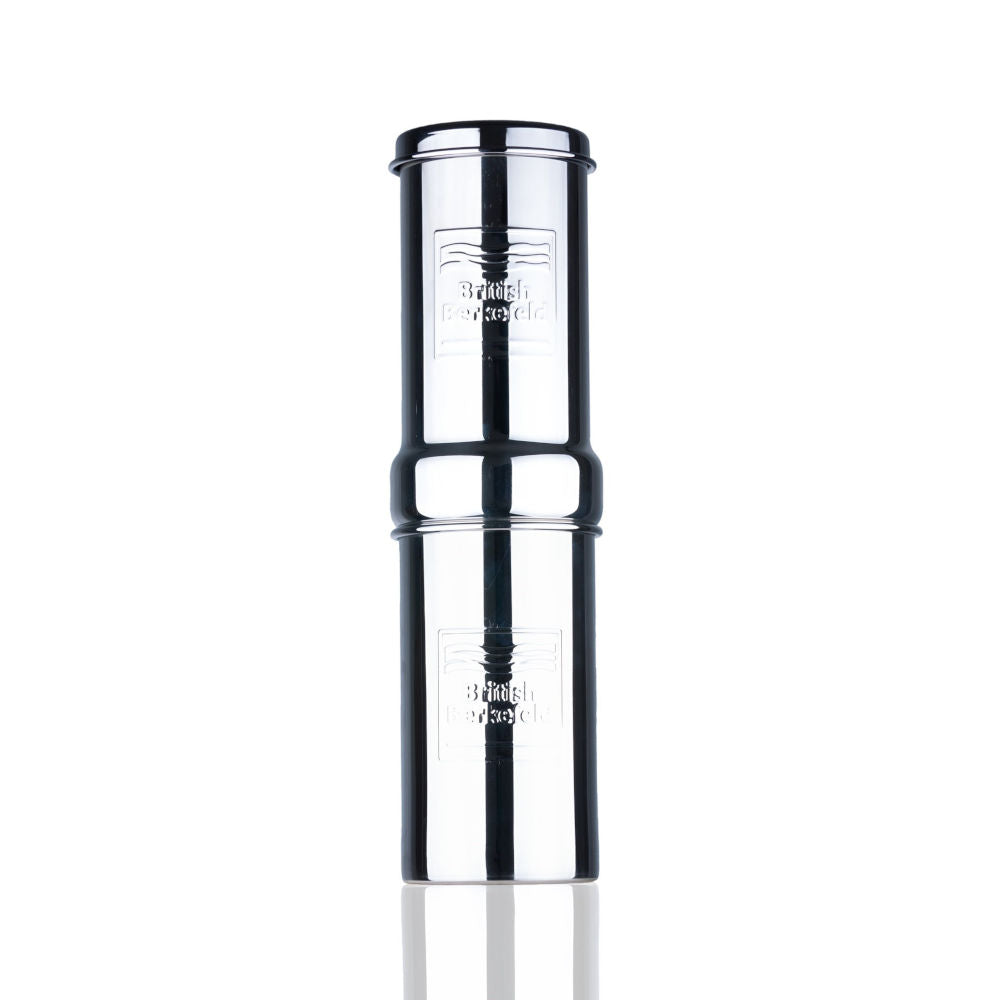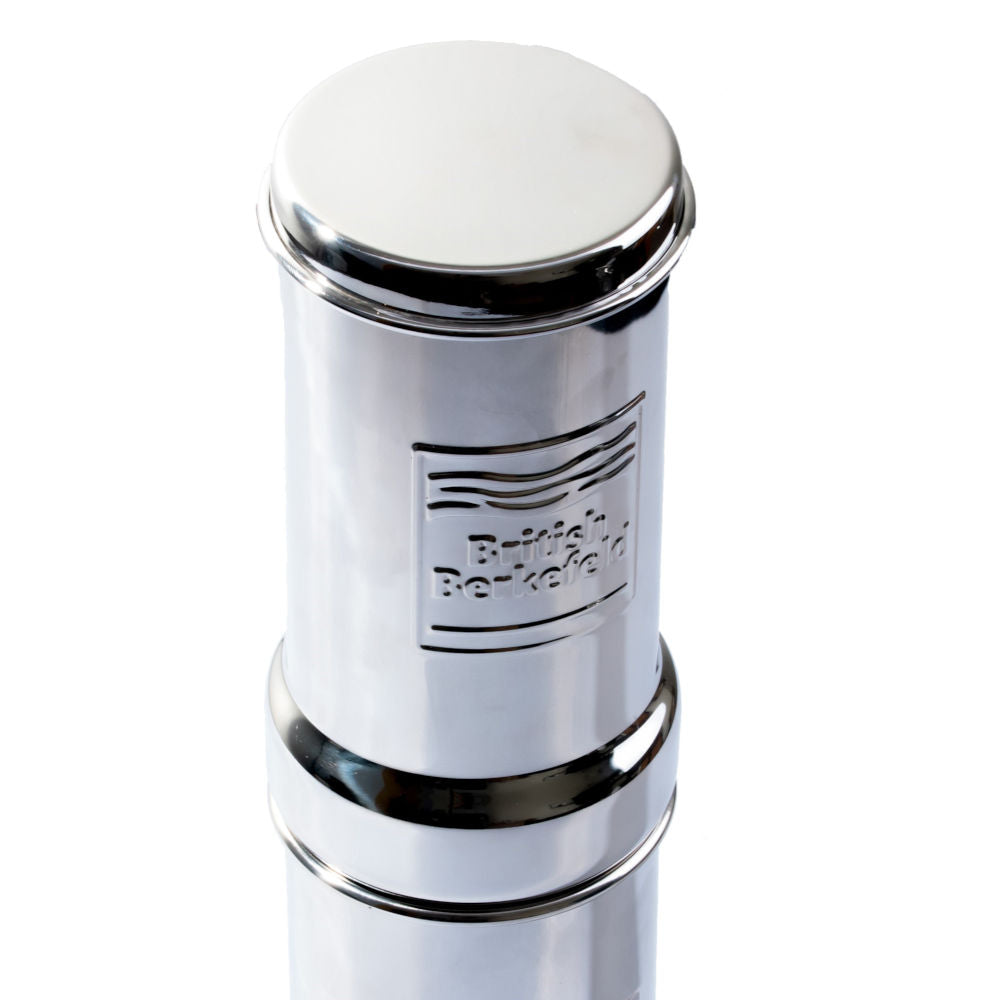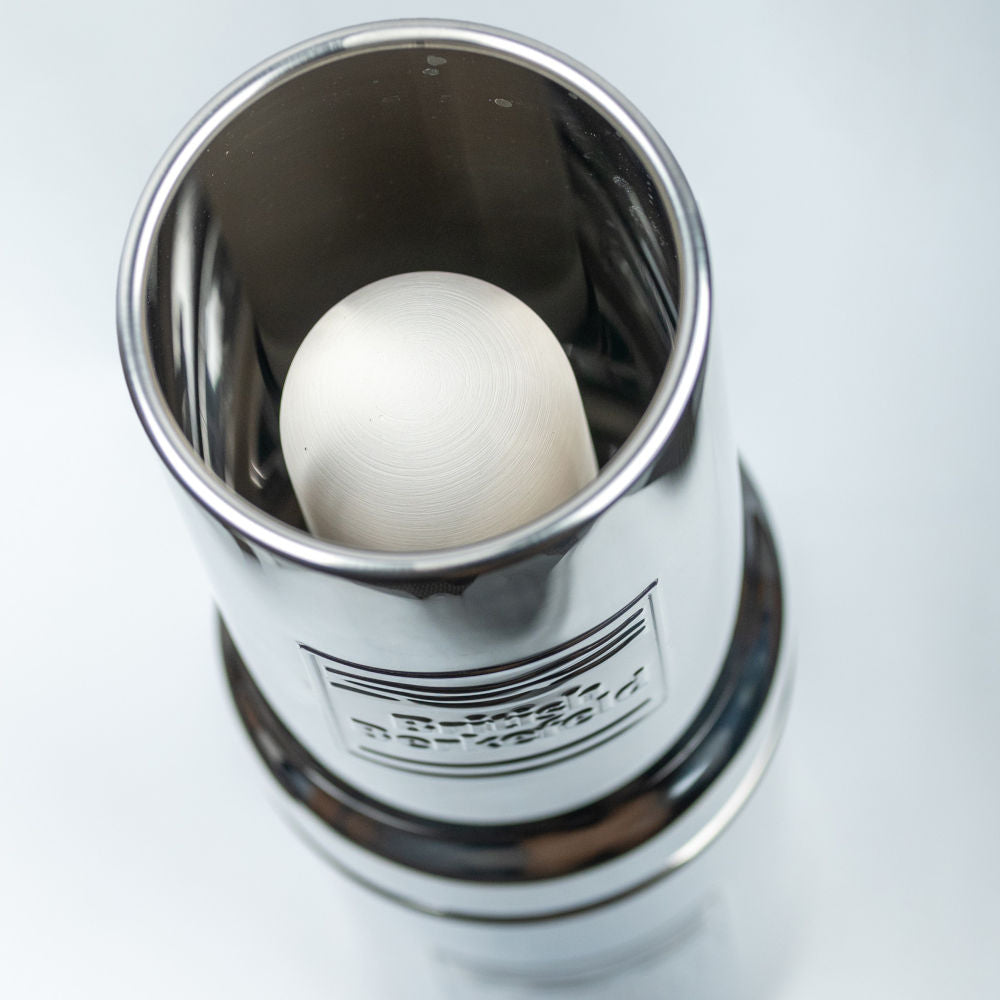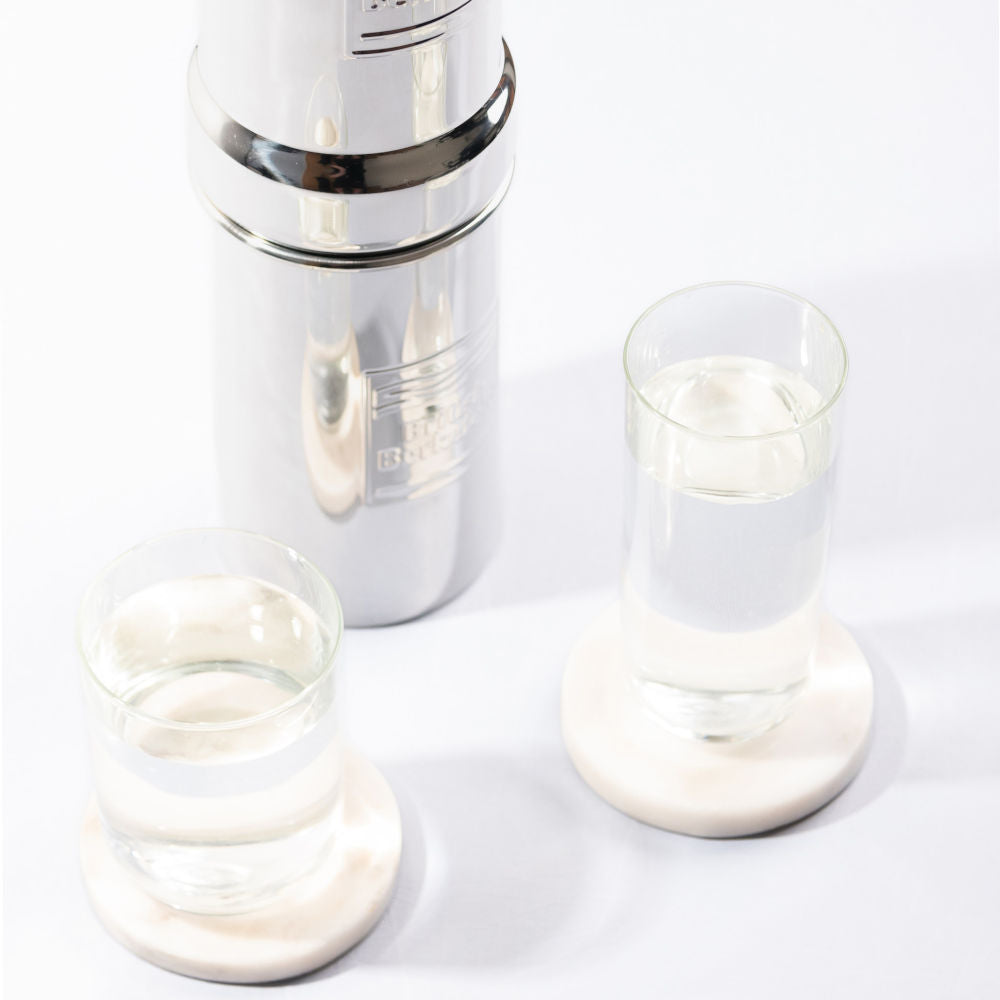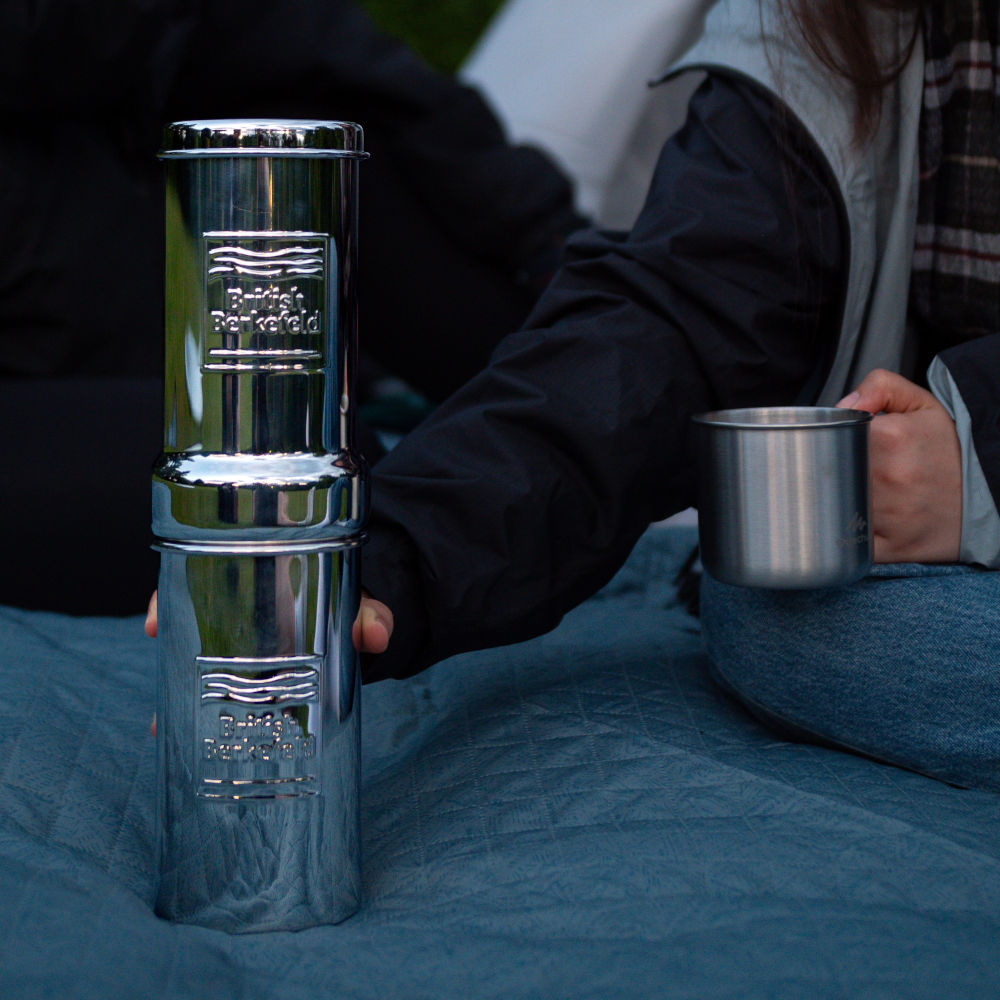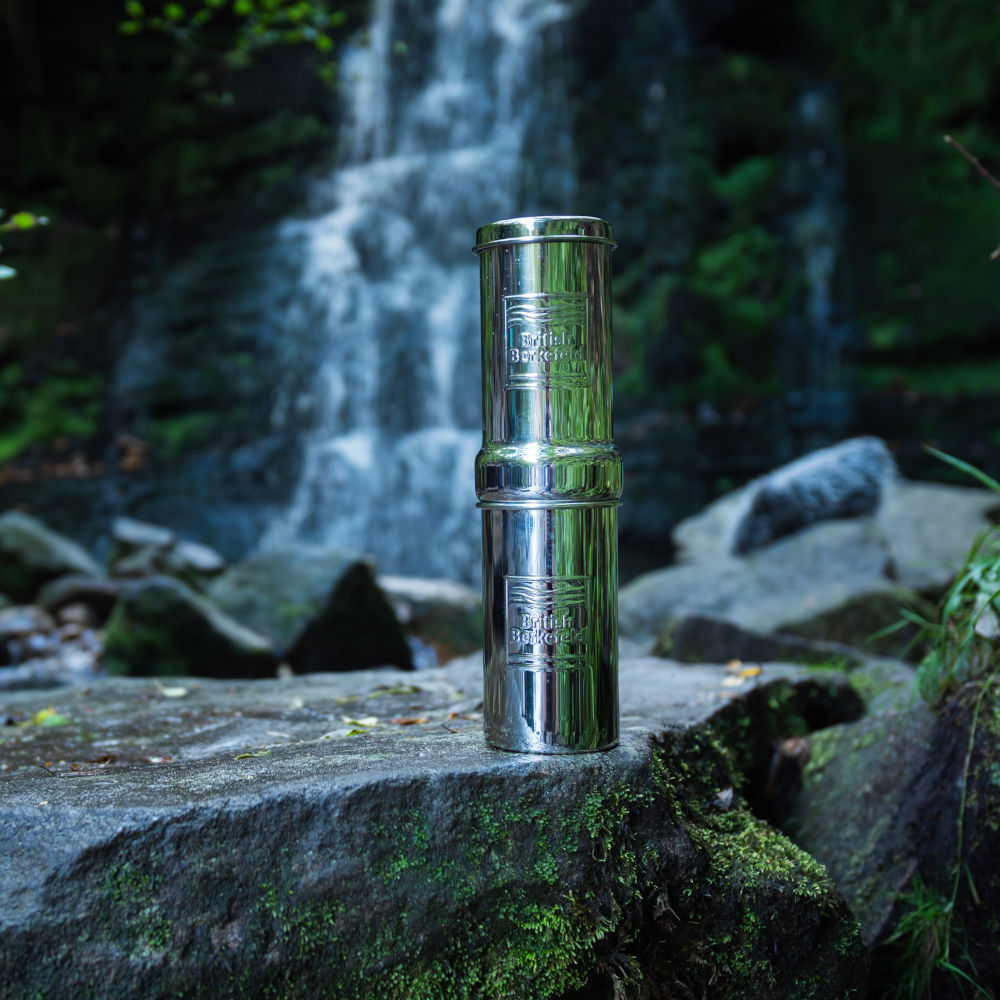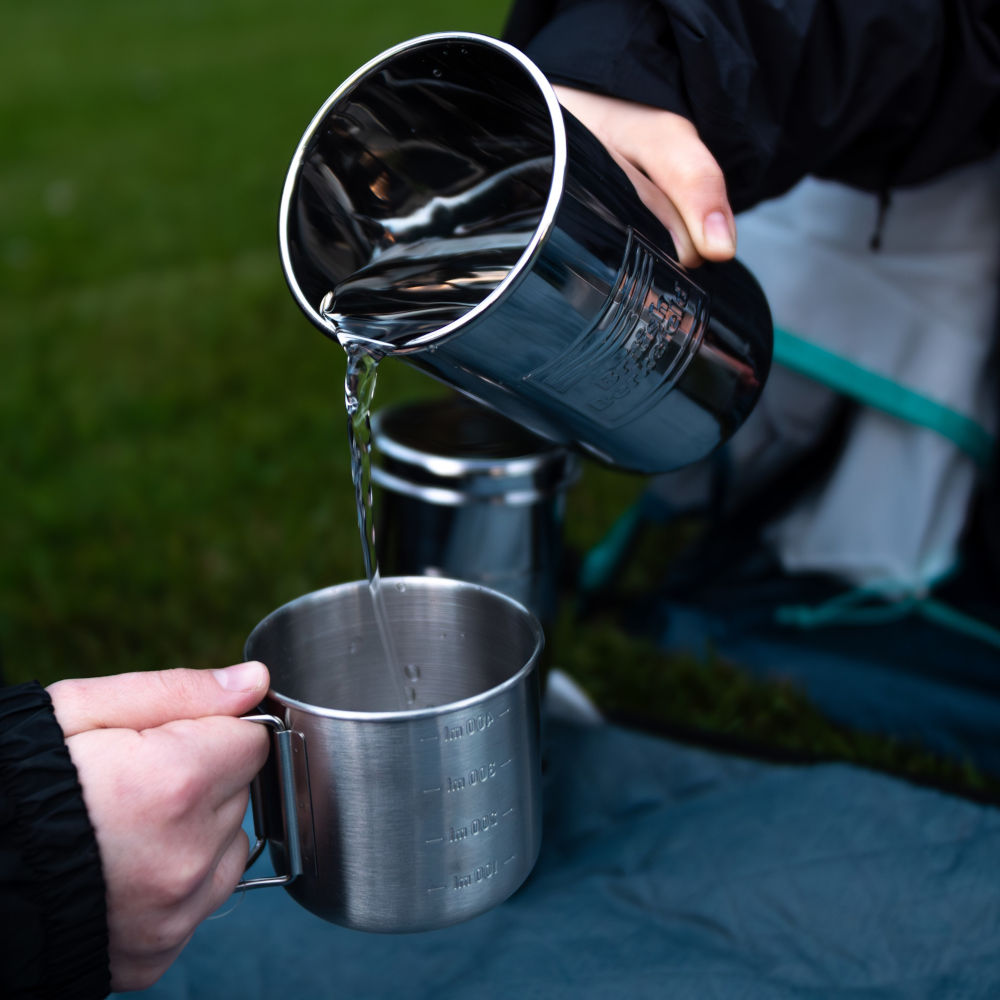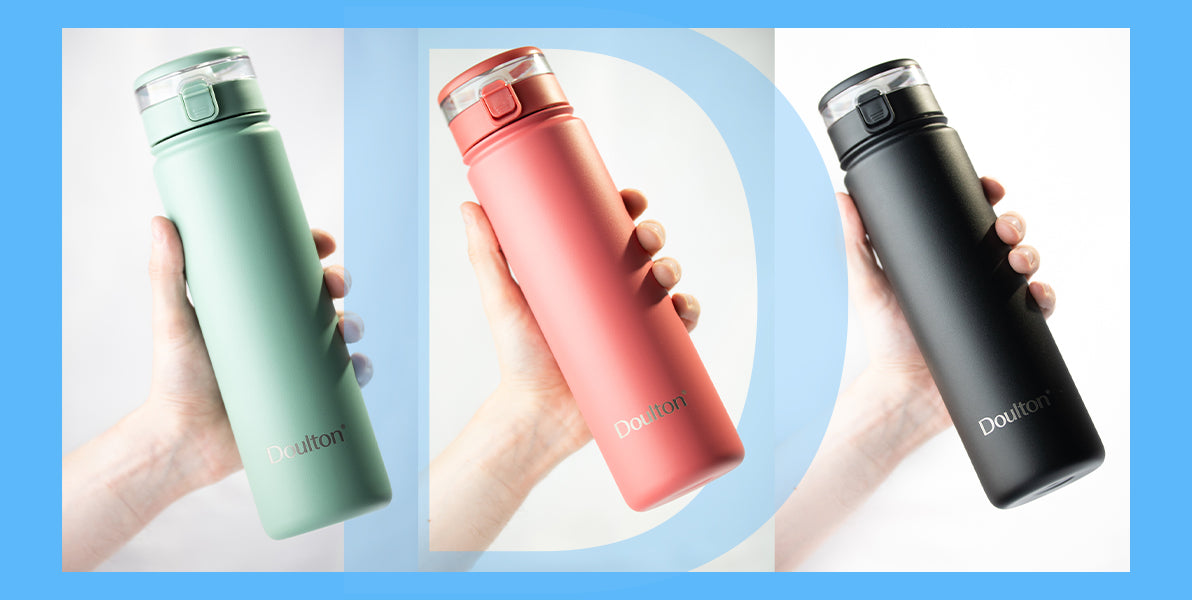
Which Water Filter System is right for you?
Gravity System
Are you on the lookout for a convenient and user-friendly system that does not rely on plumbing or electricity? The Stainless-Steel Gravity Filter is the ultimate solution. This filter can be effortlessly positioned on your countertop or wherever it suits your needs. Furthermore, it is highly recommended for caravan and camping adventures!
Countertop Systems
The countertop system is positioned adjacent to the sink. A diverter tube connects it to your tap, allowing tap water to flow through the filter element for cleaner tasting water.
Undercounter Systems
If you're looking to improve the quality of your tap water while ensuring a discreet setup beneath your kitchen sink, our undercounter systems offer the perfect solution. These systems need to be connected to the main water supply and will automatically filter water as you use the tap.
Replacement Filters
With a legacy of almost two centuries, we pride ourselves on meticulously crafting ceramic filter elements. Our filters are infused with a wealth of innovation and expertise, ensuring optimal performance. They seamlessly integrate into Doulton and British Berkefeld systems, as well as other compatible water filtration brands.
Taste 2
Grab the all-new Taste 2 insulated stainless steel water bottle and take your water filter with you. The filter with built-in activated carbon barrier effectively takes out contaminants like chlorine and microplastics for up to 300 litres per filter. So whether you’re at the office or the top of a mountain, you can always enjoy great-tasting water.
Why choose Doulton®?

Up to 99% removal of common contaminants

No electricity needed to run Doulton filters

Environmentally friendly
Congratulations to John and Tom
Hydration is huge, just ask your urine
Reverse Osmosis filters can be high maintenance compared to ceramic filters.
Discover Why We're Making Headlines: Doulton® & British Berkefeld® Filters Featured in The Times Newspaper!
Experience cleaner, safer, and tastier water with Doulton® and British Berkefeld® Water Filters, now in the spotlight after being featured in The Times newspaper. Backed by over 190 years of expertise, our advanced ceramic filters, pioneered by Doulton® and British Berkefeld®, address waterborne parasites, heavy metals, poor taste, and odors.
Recent incidents like the Cryptosporidium outbreak in Devon emphasise the importance of proactive water safety measures. Our filters, engineered to reduce impurities, provide a robust solution in times of water safety concerns.

